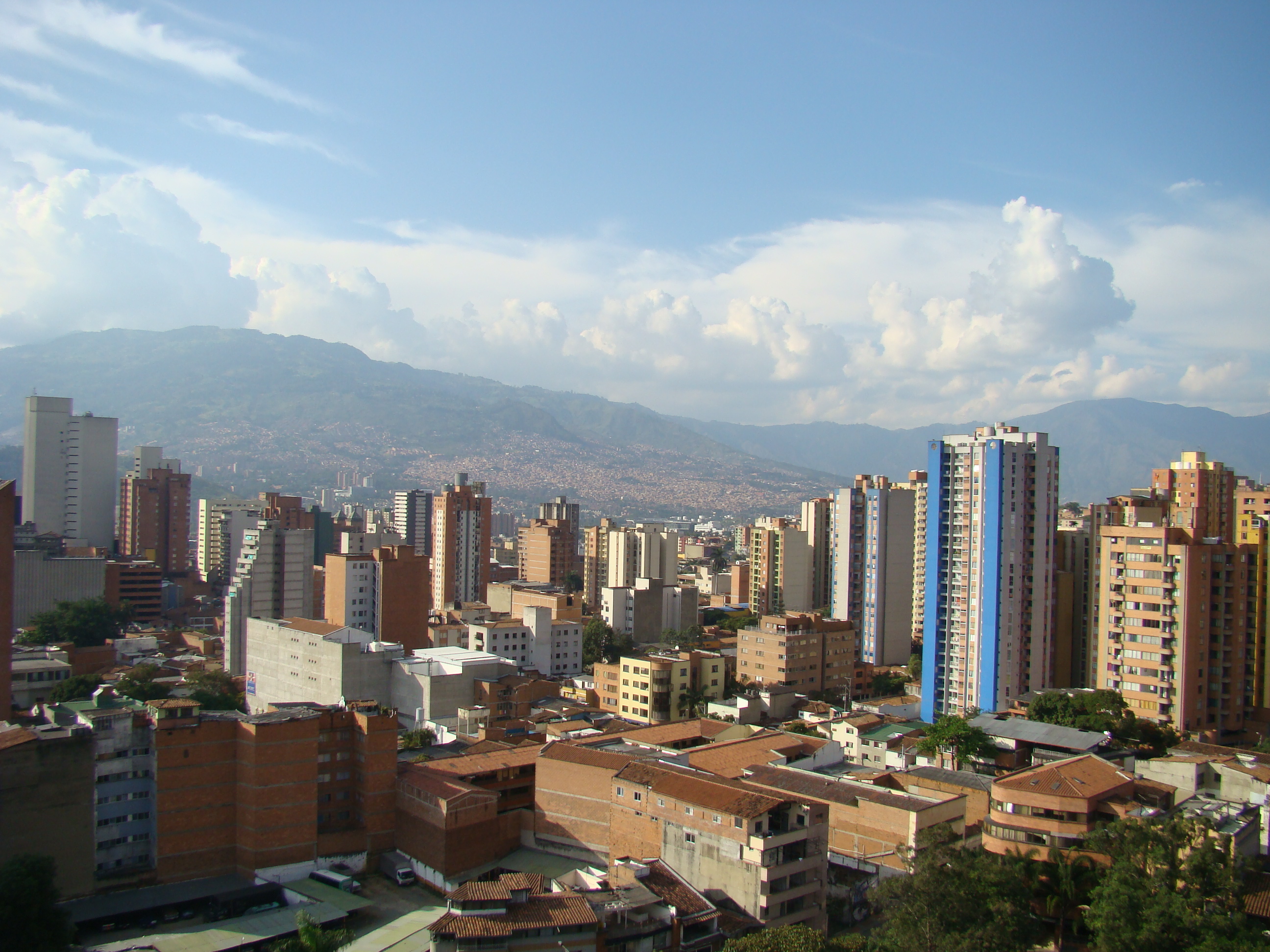
Let’s Empower Citizens to Recreate Cities
March 7, 2014 — Blog
Public space is a powerful emblem of the urban world, because it units people, ideas and actions with a territory. Parks, city centers and friendly pedestrian streets are the spaces where the rich and the poor, the young and the old can interact. Thus, if we want to have a right to the city, we must have a right to public space.
In every city, public space is a challenge. In developing cities, access to public space is scarce or inexistent. In ‘developed’ cities, cars take up large proportions of available space. So what can we do to bring space back to the people? There are multiple examples of citizen-led creative actions worldwide. From Parklets and Park(ing) Day in San Francisco, to the celebrated High Line in New York, to the guerrilla Gardening in Los Angeles, public space is being converted by and for the people.
The reclamation of public space is not only happening in the United States, but in cities all around the world. Recently, in Santiago, Chile, a group of citizens created, with the support of Ciudad Emergente, Okuplaza – a “pavement to plaza” project in Santiago, which turned an informal parking lot into a people friendly plaza. Tapping into the knowledge of urban planning from the academics and the skills of citizens, they gave the city a new space to enjoy. Whilst the project’s main purpose is about raising awareness, it aims to have a long-term impact on the city’s planning future.

These magical makings by citizens emphasize how, through ingenious actions, a small group of people can start re-imagining cities. However, in order to create long-term impact, multiple actors need to collaborate. How can we mobilize these actors and set a common objective? What role can governments play to empower these actions?
We often think that governments are bureaucratic and slow to adopt innovations. Yet they have resources and institutional leverage that can help ideas scale and grow. In fact, some governments are already creating solutions with help from citizens. Initiatives such as New Urban Mechanics in Boston, or the Lab for the City in Mexico City, follow this idea of sourcing and creating solutions with the people using online platforms and mobile apps.
Cities have the capability of providing something for everybody, only because, and only when, they are created by everybody.
In my hometown, Medellin, Colombia, the municipality recently launched MiMedellín, a crowdsourcing website that invites citizens to share urban solutions. With more than 2,300 ideas, the government is already developing policies with help from the creativity of citizens. For example, one challenge addressed by the platform is the necessary revitalization of the deteriorated, isolated areas under the bridges across the city’s river. The best ideas from this initiative will be presented at the UN-Habtiat World Urban Forum 7 in April, which takes place in Medellin. In the future, the city plans to implement these ideas in a major river restoration project.

Using technology, governments can co-create solutions to face the urban challenges. They can identify and recognize the actors that understand community needs, and want to improve the city. Nevertheless, ideas alone aren’t enough to re-instate the importance of public space. To transform ideas into action, governments must find mechanisms for citizens to propose, create and help implement their solutions. If we make this possible, we can start to live in cities that think and act through community collaboration.